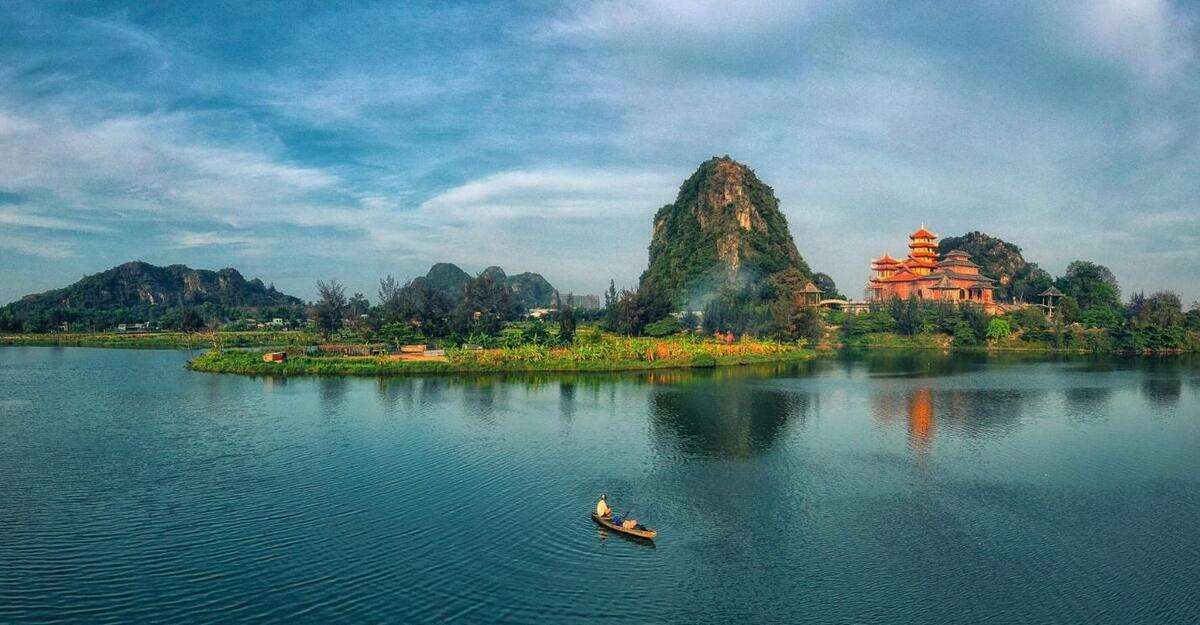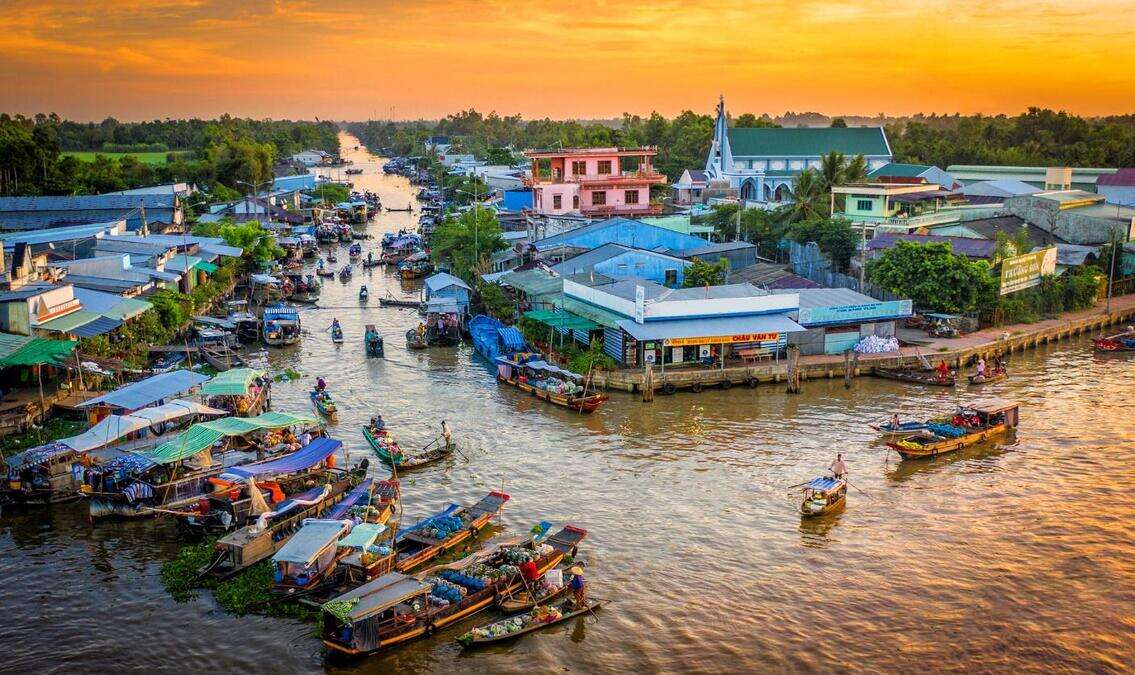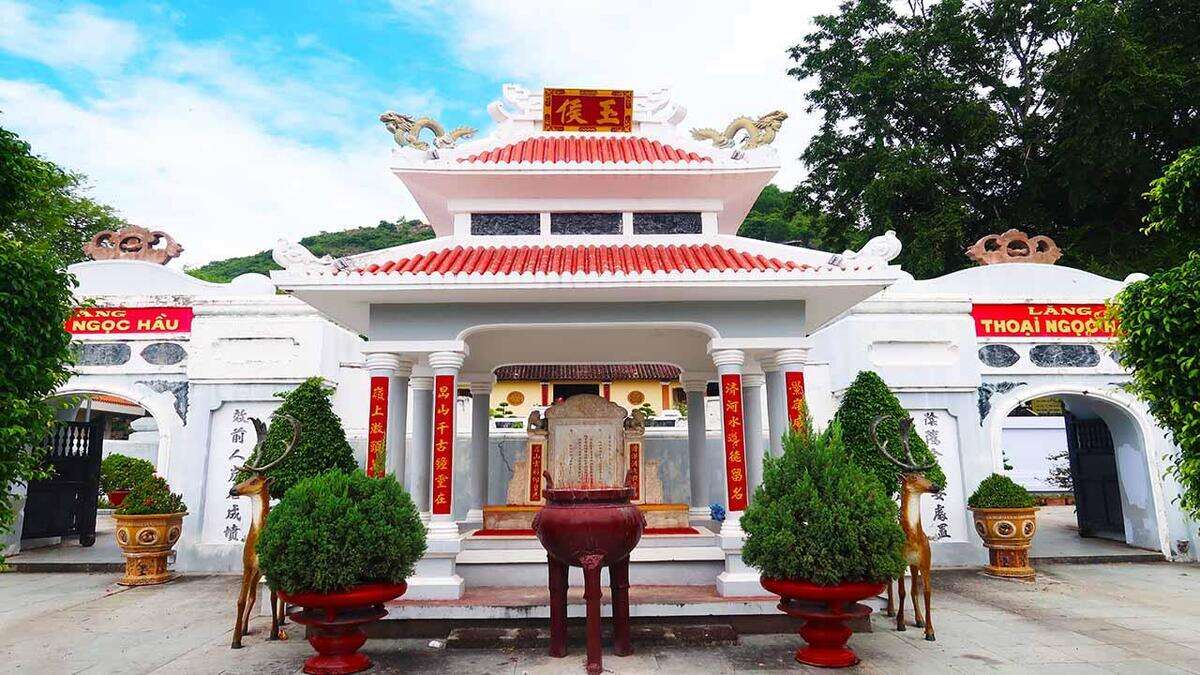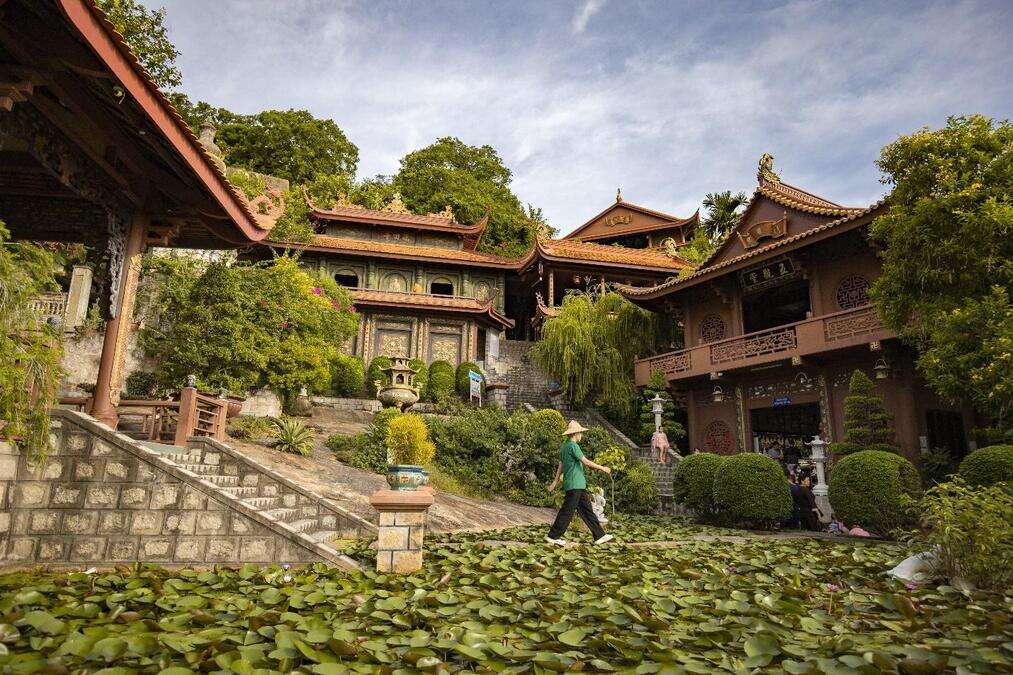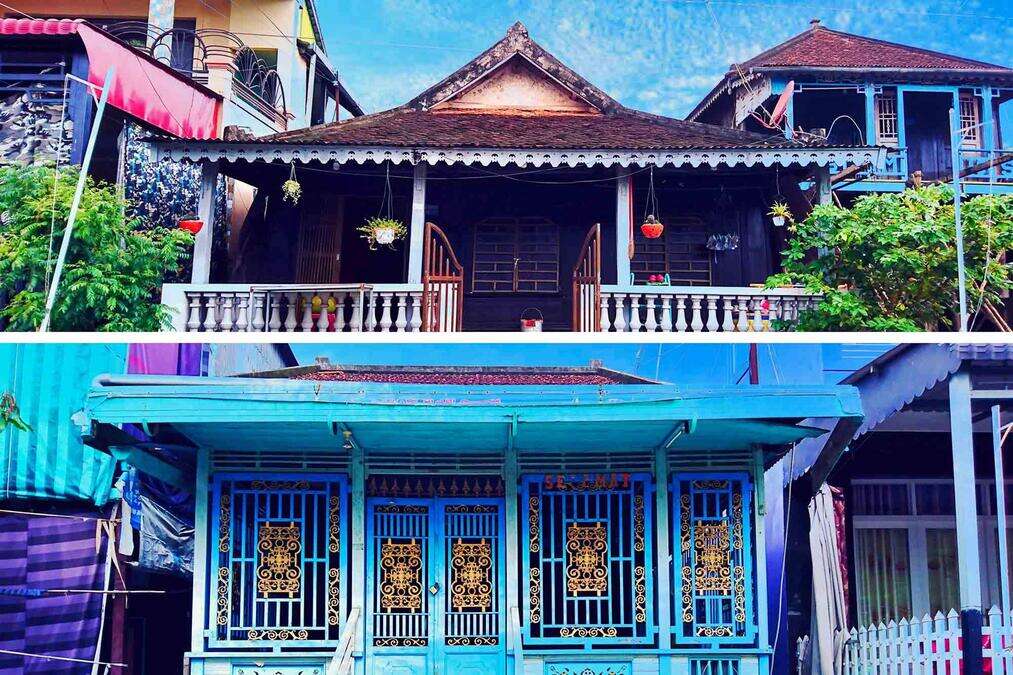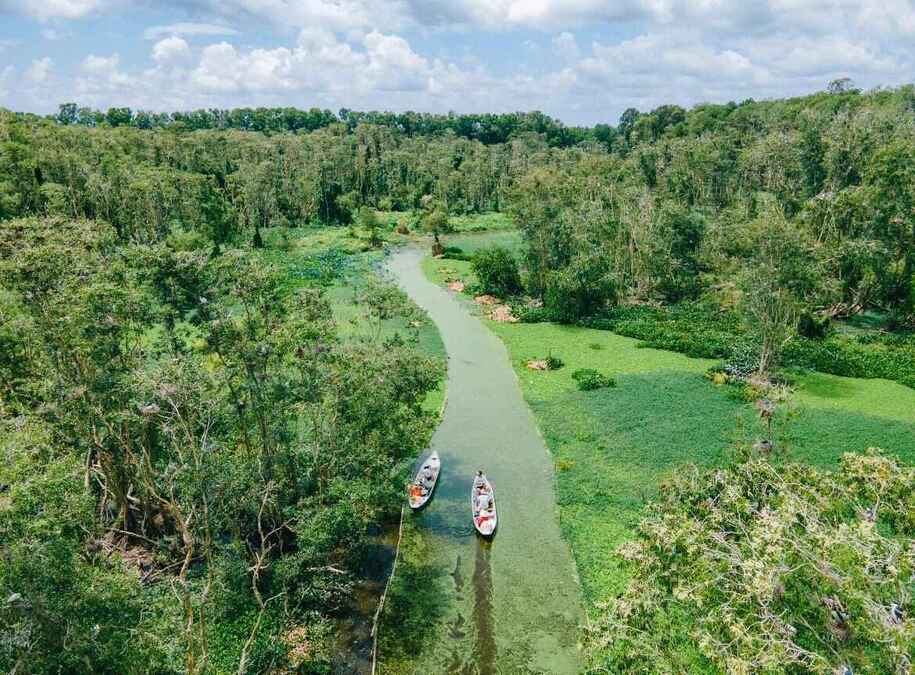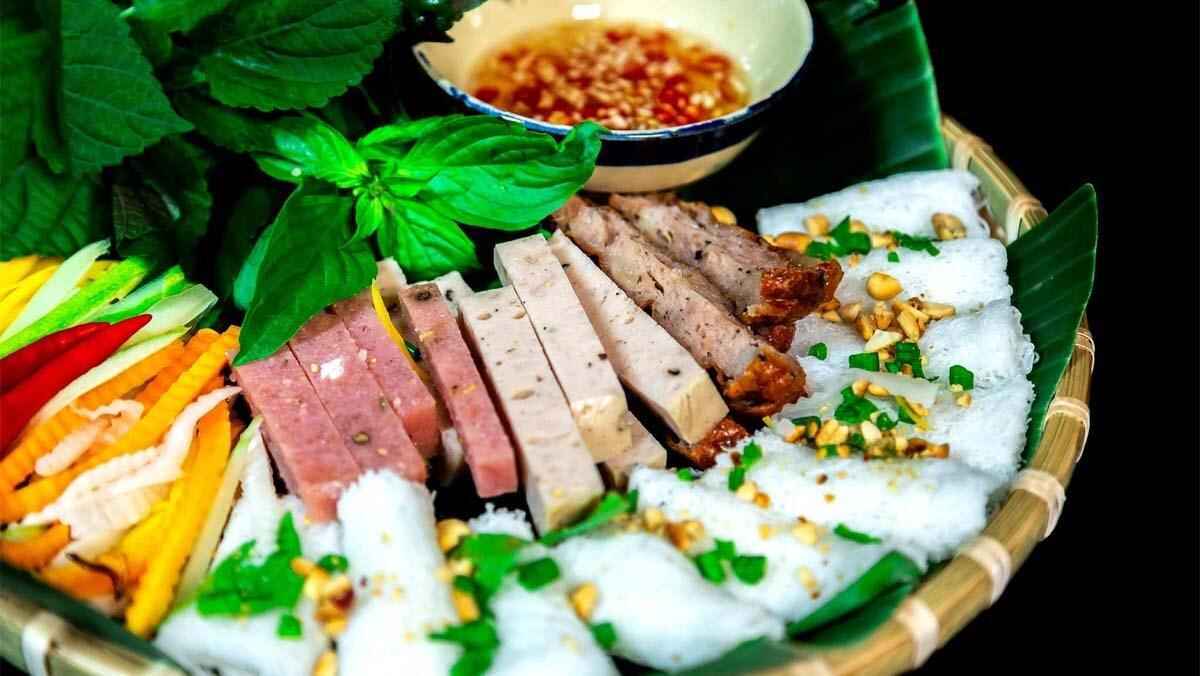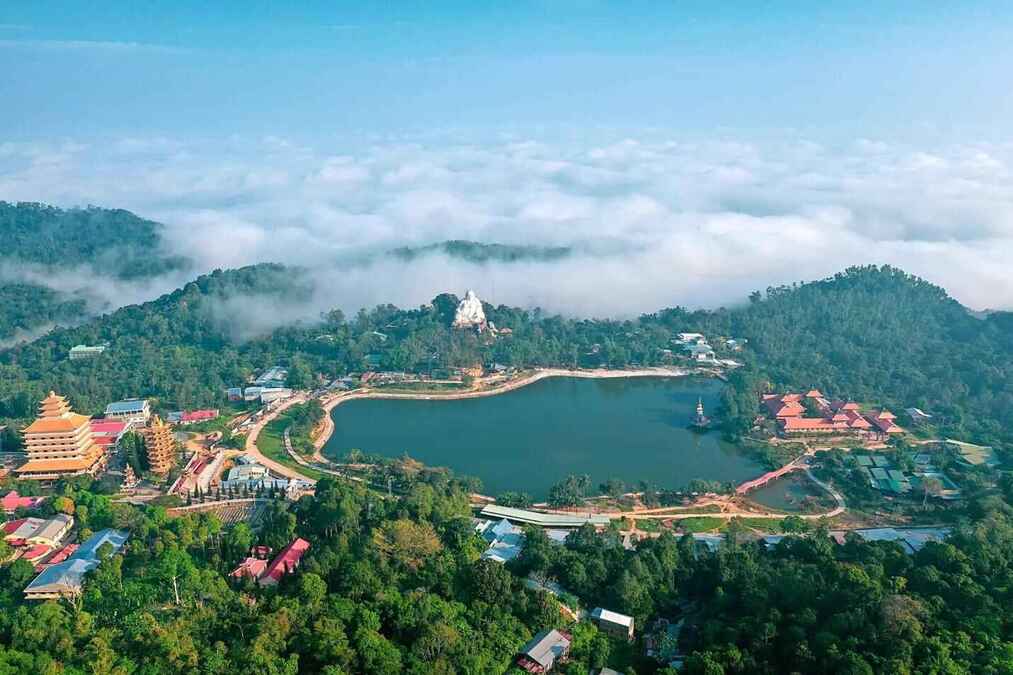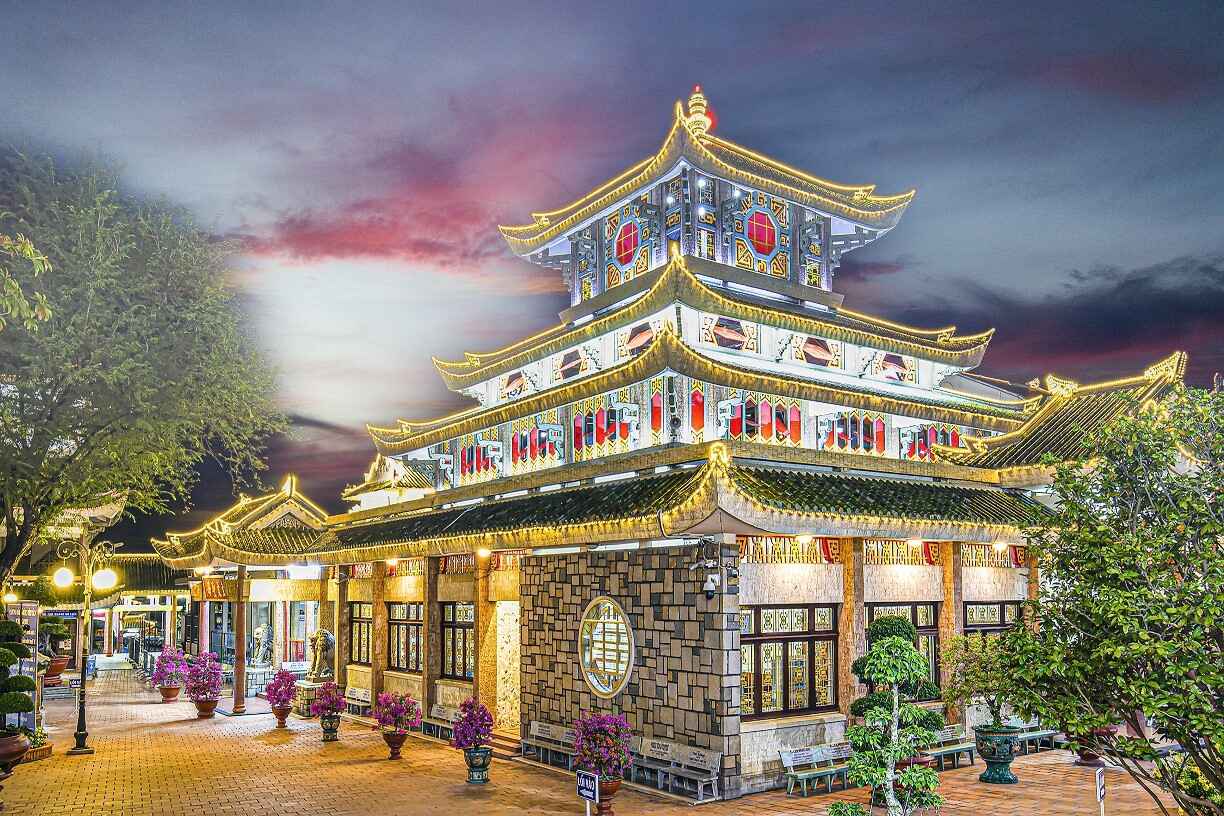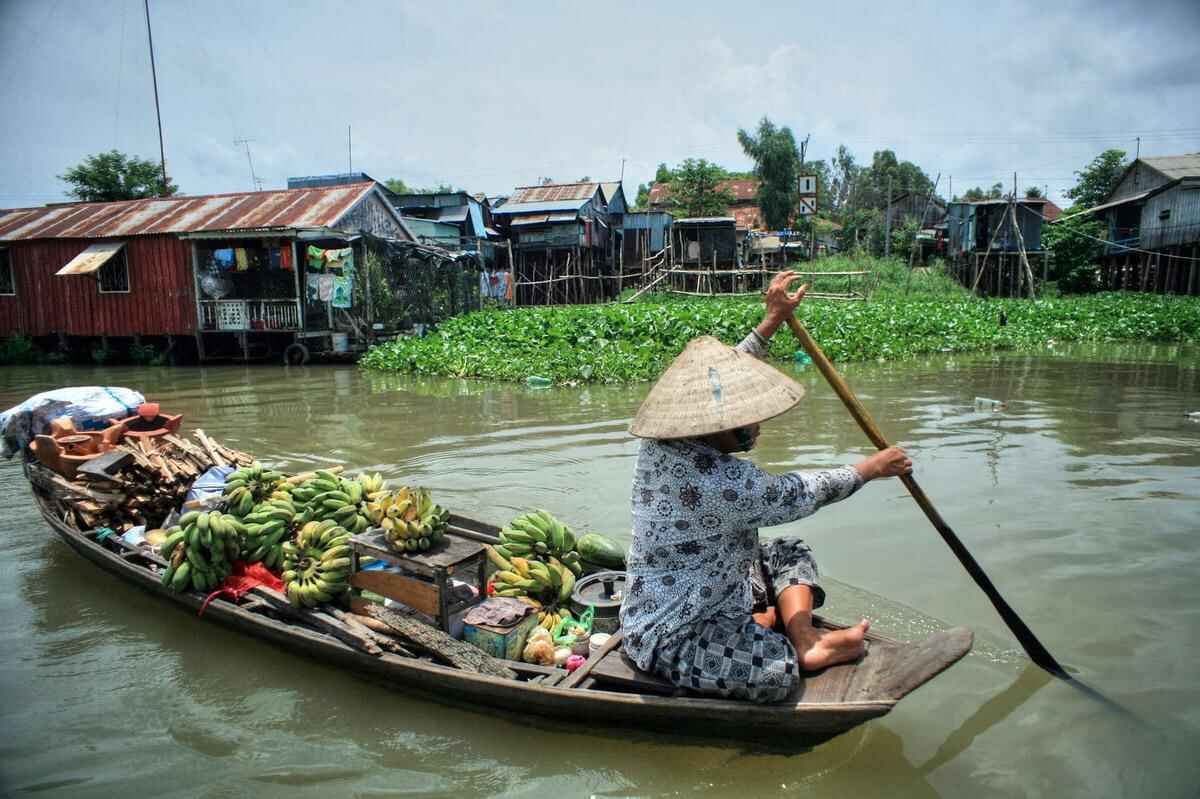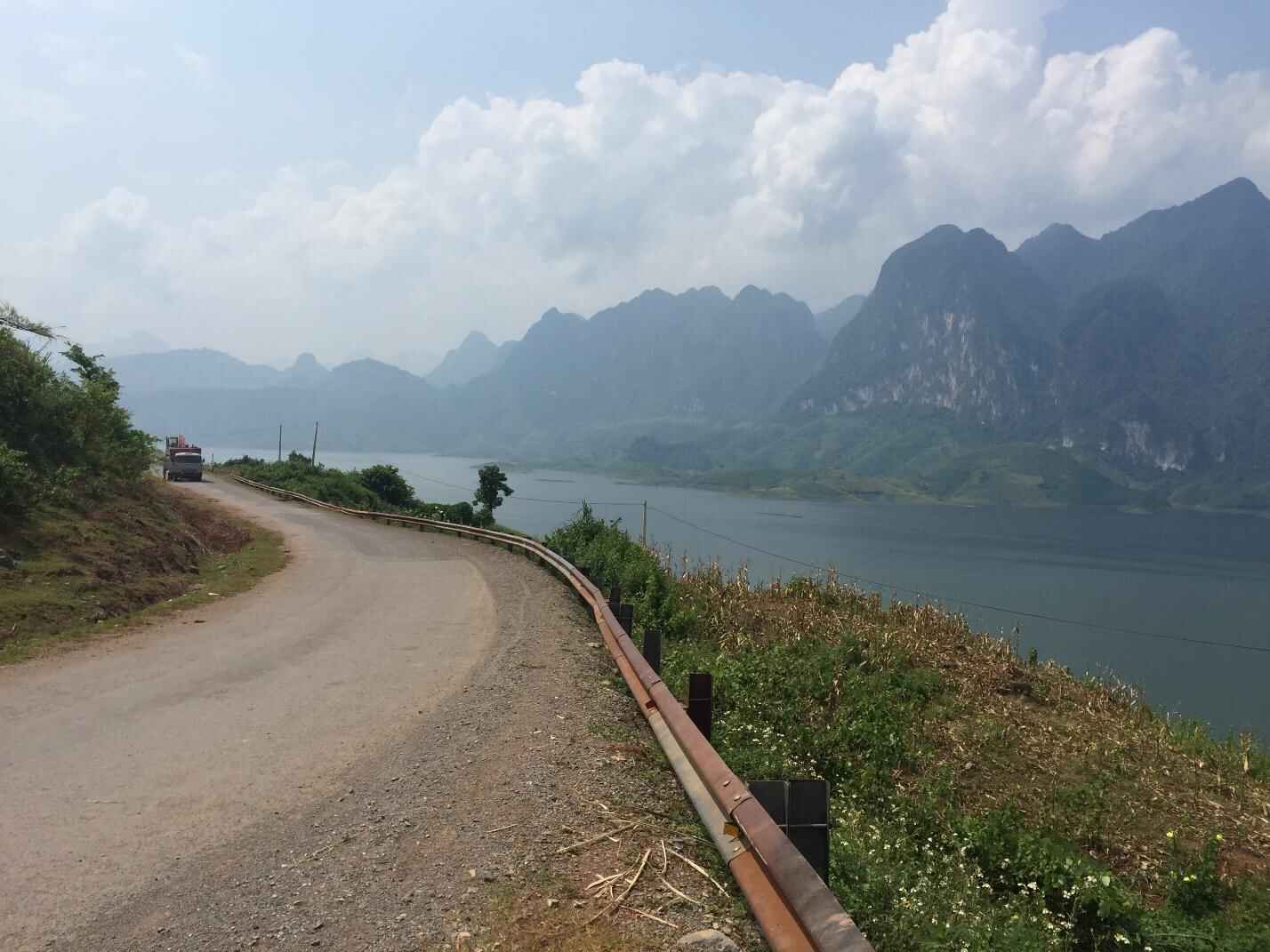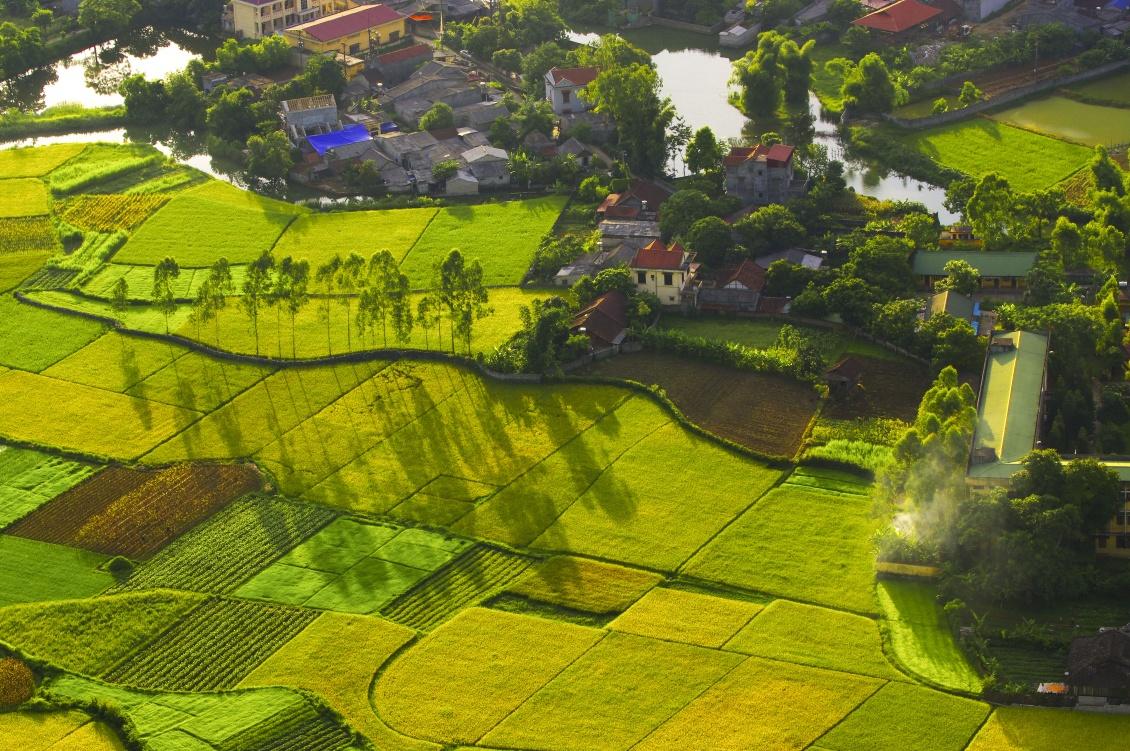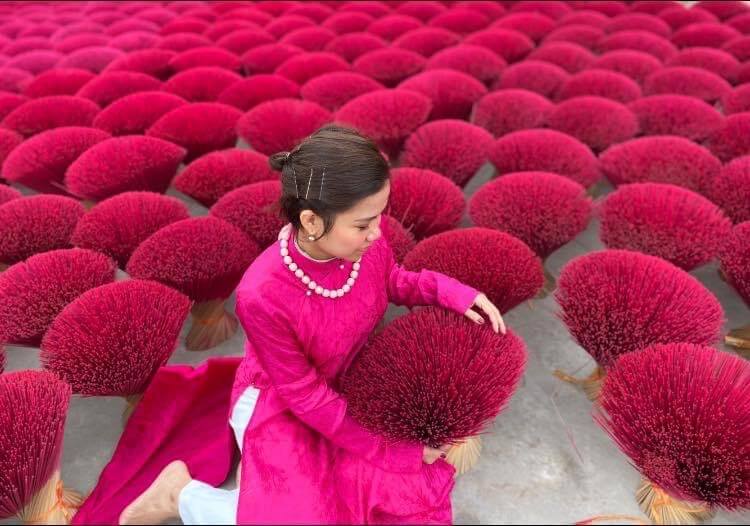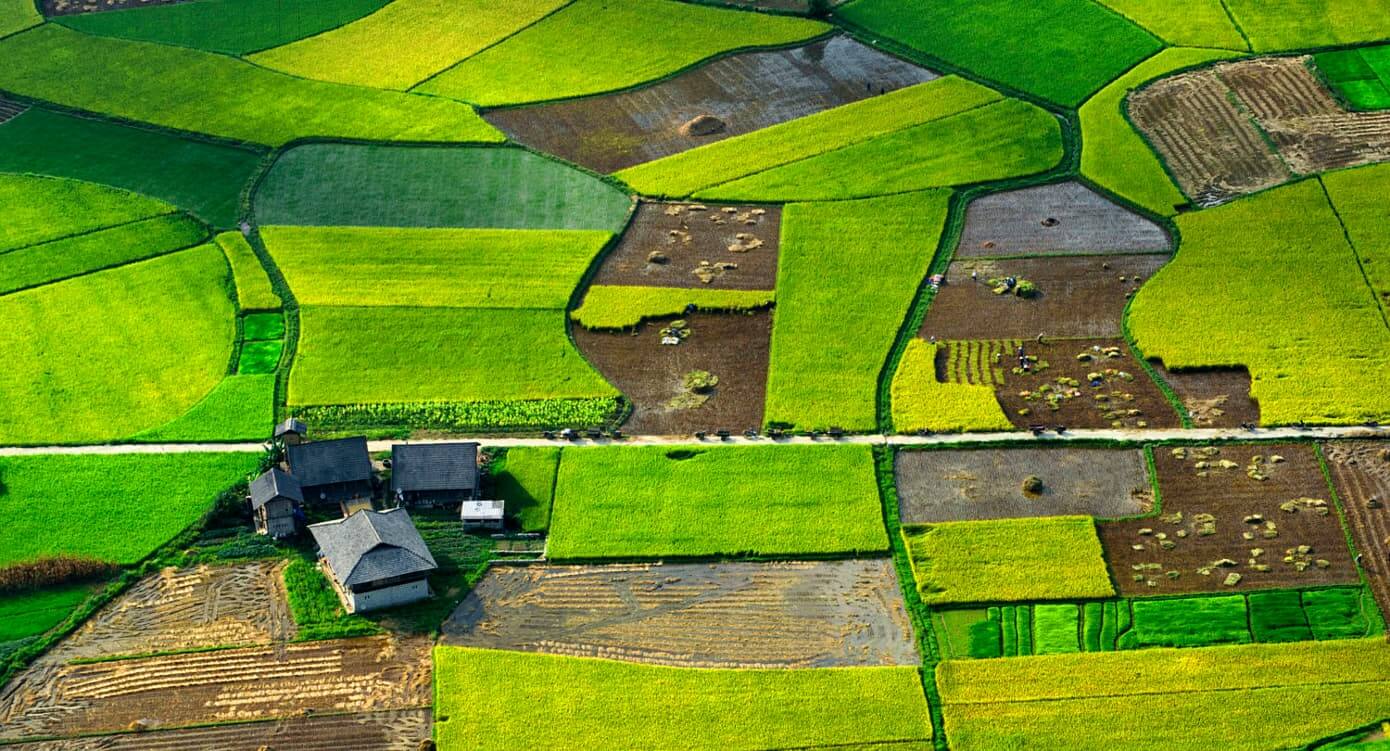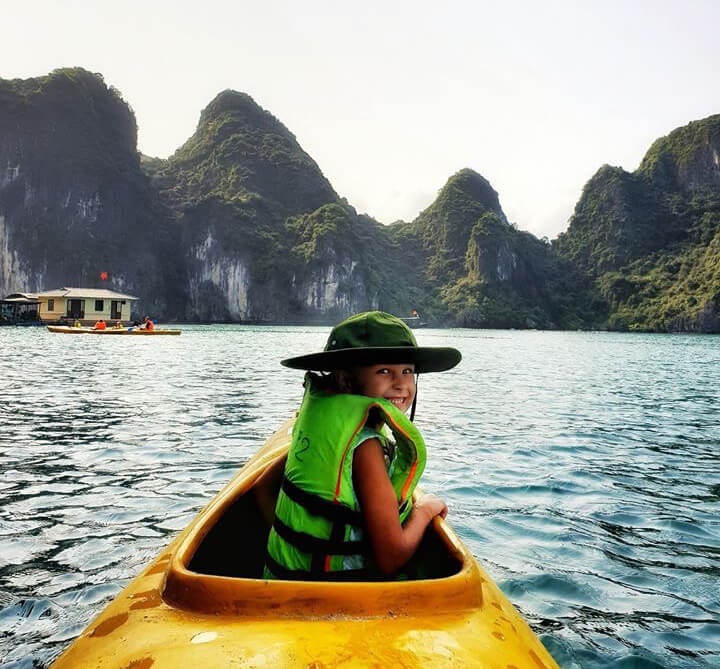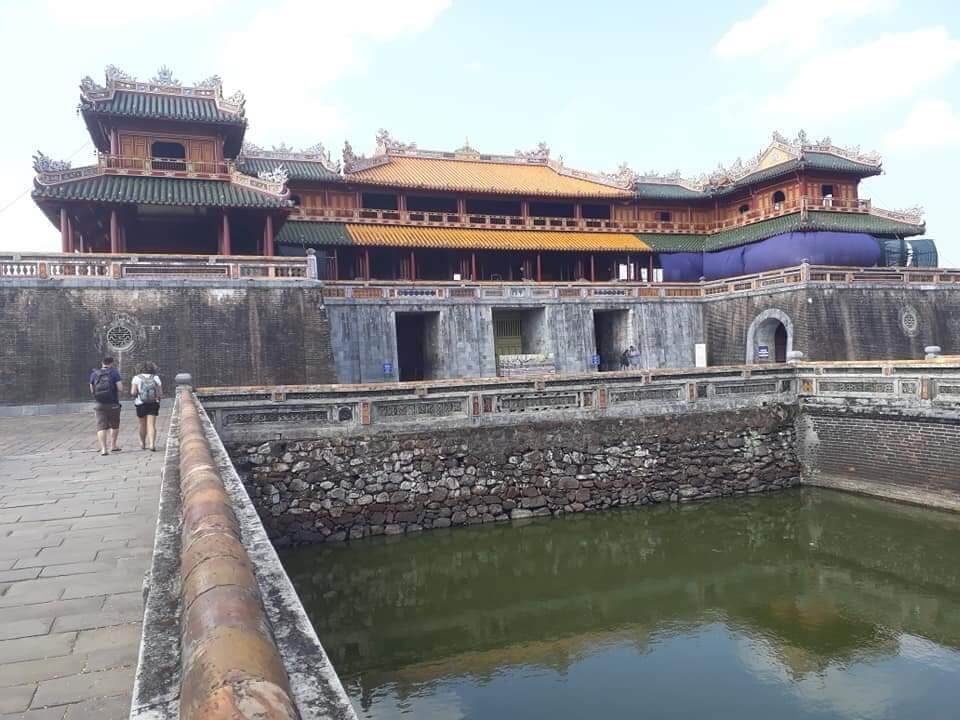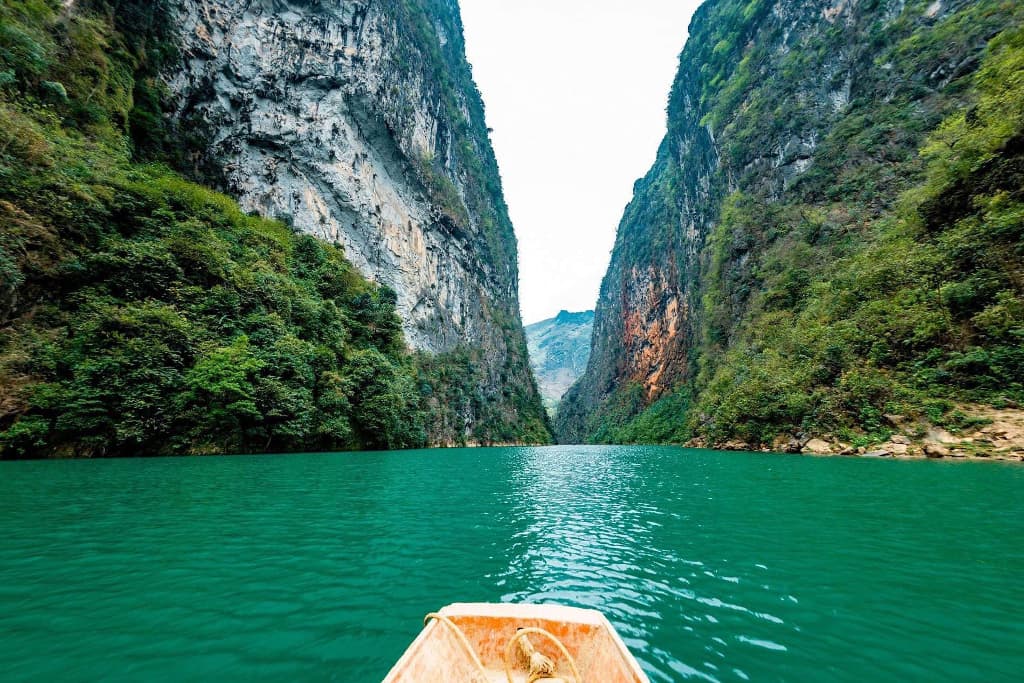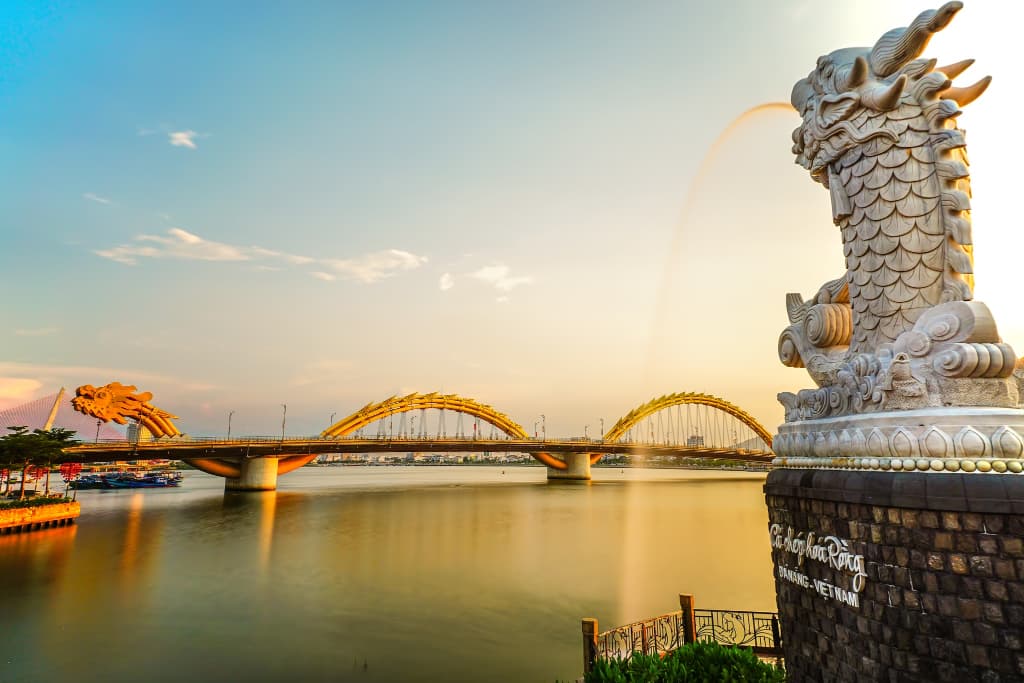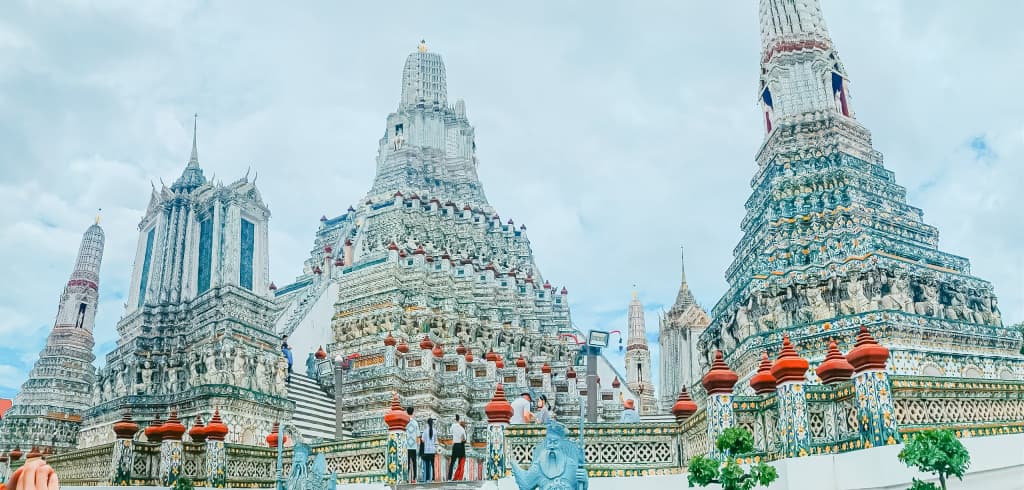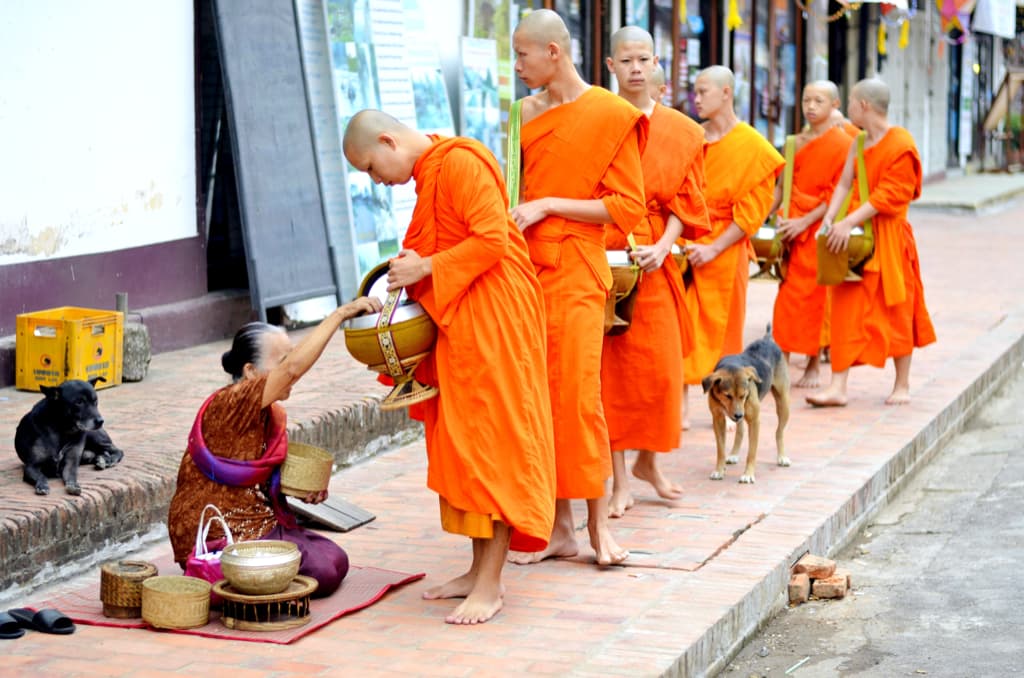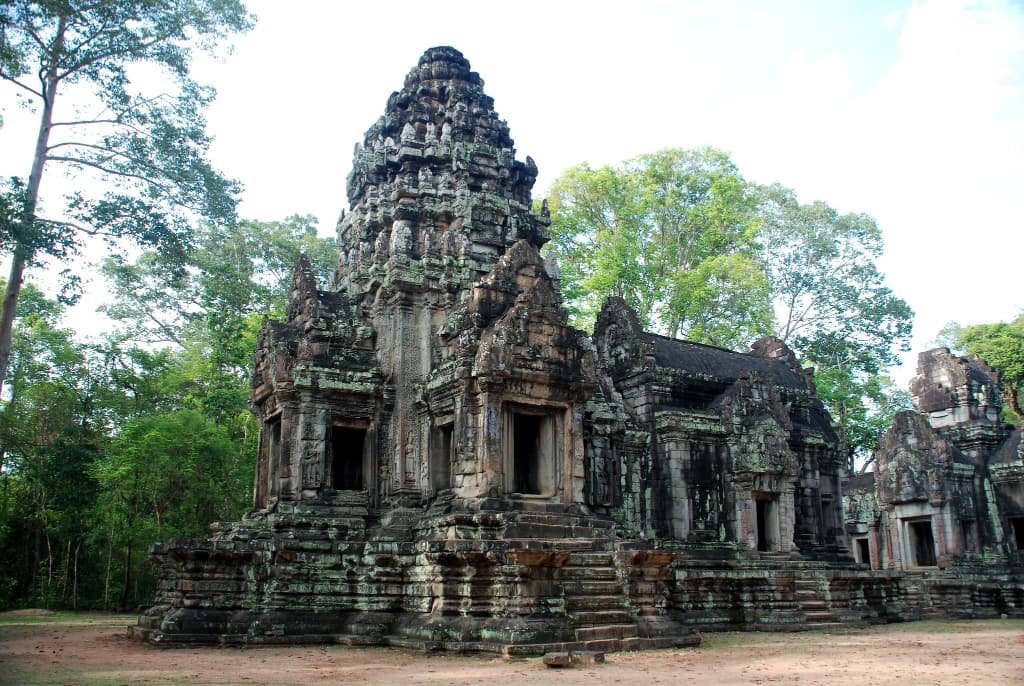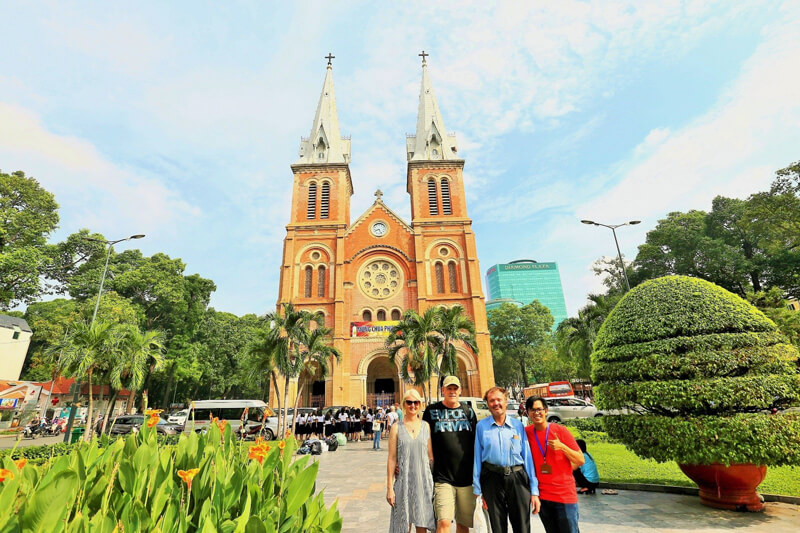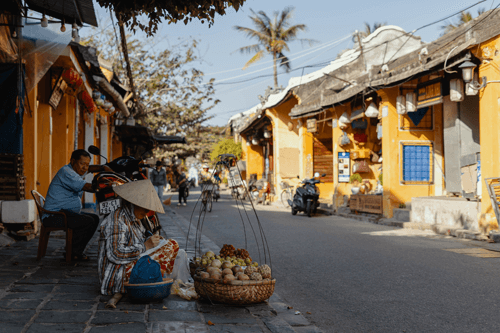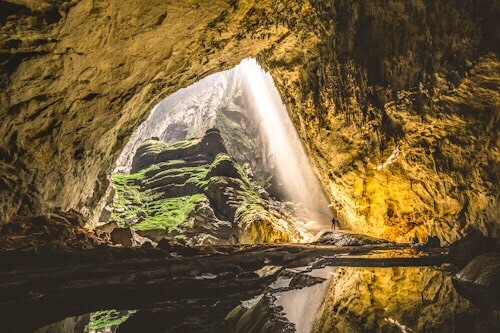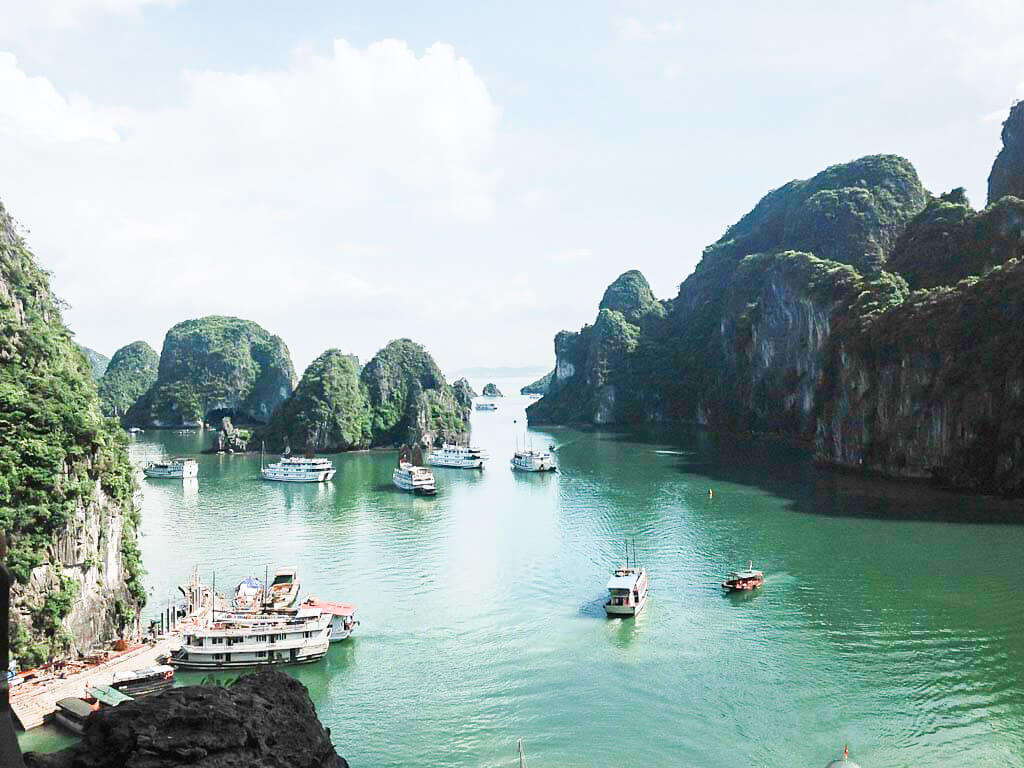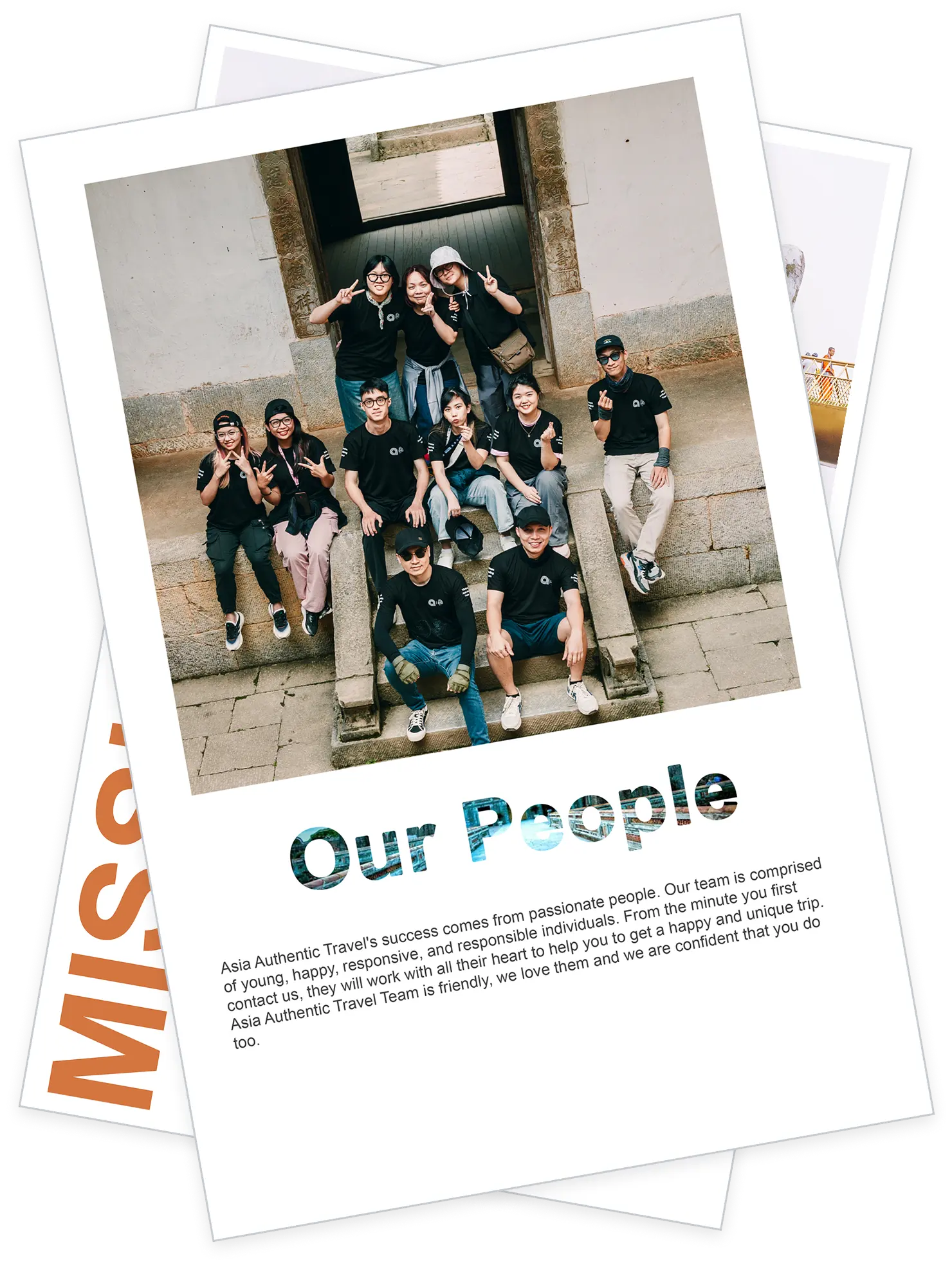Exploring Oc Eo - The Cradle of Ancient Civilization in the South
Discover the fascinating Óc Eo culture, a powerful ancient civilization that thrived in Vietnam's Mekong Delta region from the 1st to 7th century AD.
Located in the An Giang province, the Oc Eo archaeological site is one of the most important archaeological heritages in Vietnam. It was once a bustling commercial, political, and religious center of the ancient Funan kingdom, a powerful nation in Southeast Asia during the early centuries AD. Exploring Oc Eo, visitors will be immersed in the unique cultural space of a brilliant civilization that has faded in the flow of history.
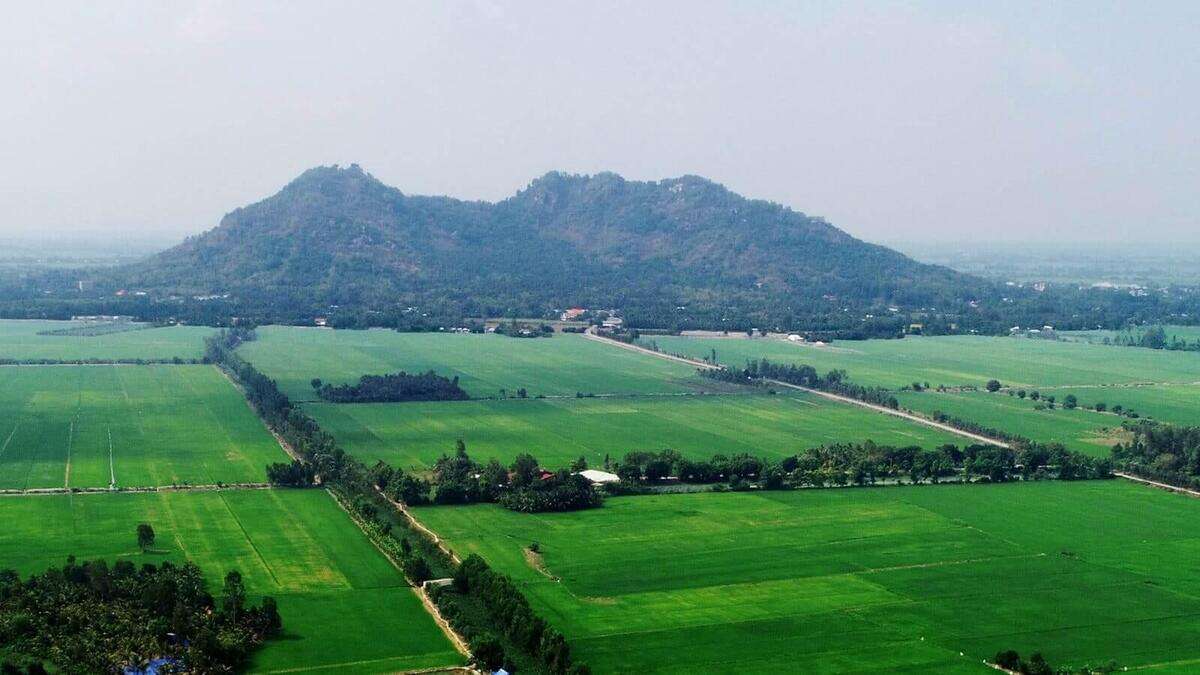
Discovering the Ancient Civilization of Óc Eo
Deep in the Mekong Delta region of southern Vietnam lies an archaeological wonder - the ancient civilization of Óc Eo. Dating back to the 1st-7th centuries AD, Óc Eo was once a major trading port and the capital of the powerful Funan Kingdom that held sway over much of Southeast Asia. Today, the ruins of this long-lost civilization are being uncovered, providing fascinating insights into the history, culture and daily life of the people who built it. Join me on a journey to discover the secrets of Óc Eo.
The Cradle of Funan Civilization
Óc Eo culture first started to develop in the Mekong Delta around the 1st century AD. This was a time when maritime trade between India, Southeast Asia and China was flourishing. Located strategically on the coast of the South China Sea, with an extensive network of canals connecting it to the Mekong River, Óc Eo became a key center of this trade.
Archaeological evidence shows that Óc Eo maintained close commercial and cultural links with the major civilizations of that era. Roman golden medallions from the reigns of Antoninus Pius and Marcus Aurelius have been discovered at Óc Eo, likely brought by merchants. Other artifacts like Indian pottery, Persian glass beads, and goods from the Chinese Han dynasty reveal the cosmopolitan nature of Óc Eo.
But Óc Eo was not just a trading outpost - it was the beating heart of the Funan Kingdom, which Chinese historical texts describe as a powerful state that dominated the region. Óc Eo was likely the fabled port city known to the Greeks and Romans as "Cattigara". The Funan people developed a sophisticated culture, with a writing system influenced by Indian scripts, Hinduism and Buddhism as the main religions, and a highly stratified society ruled by "God-Kings".
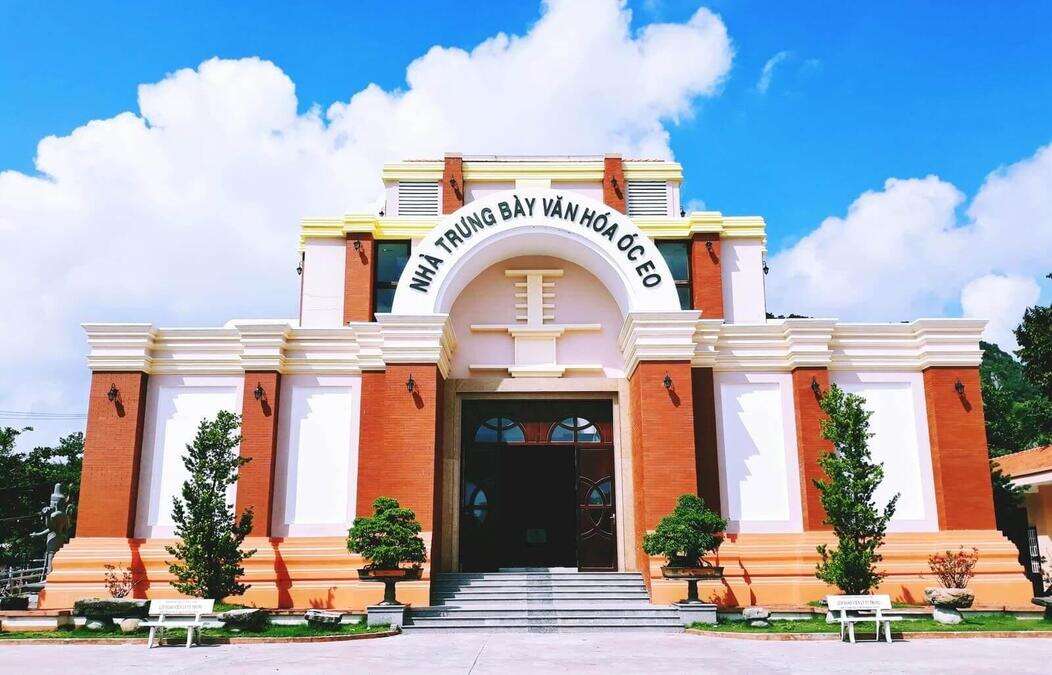
Rediscovering a Lost City
For centuries after the decline of Funan in the 6th century AD, the ruins of Óc Eo lay hidden and forgotten. It was not until 1944 that the site was rediscovered by French archaeologist Louis Malleret. Using aerial photography, Malleret was able to identify the outlines of an ancient city, with a dense network of canals, reservoirs, temples and foundations of buildings.
Since then, Vietnamese and international archaeologists have conducted numerous excavations at Óc Eo and surrounding sites. The most significant findings have come from the Óc Eo - Ba Thê complex, which covers an area of over 450 hectares. This is considered to be the political and economic center of Óc Eo culture.
Walking around the site today, you can still see the remains of brick temples, stone sculptures, pottery kilns and metal workshops. One of the most impressive structures is the Go Ut Tranh temple, which consists of three Hindu shrines laid out on a north-south axis, each dedicated to one of the supreme gods - Vishnu, Shiva and Brahma. The central shrine contains a square altar with a sacred stone pillar called a Sema.
Equally fascinating are the artifacts that have been unearthed from Óc Eo. Exquisite gold jewelry, precious gemstones, bronze statues and ceramics showcase the wealth and refined craftsmanship of the Funan civilization. Many of these treasures are now on display at museums in Ho Chi Minh City and An Giang province.
Piecing Together the Puzzle
Despite over 75 years of research since its initial discovery, Óc Eo still holds many mysteries. Archaeologists are still working to understand the full extent of the settlement, the layout of the city, and how different parts of the site were used. Each new excavation yields tantalizing clues.
For example, in 2017-2020, an extensive archaeological project was carried out at Óc Eo - Ba Thê and the nearby Nen Chua site by the Vietnam Academy of Social Sciences. Using modern methods like LIDAR scanning, the researchers were able to map out the ancient city in greater detail than ever before. They uncovered the remains of a large wharf and port area, confirming Óc Eo's status as a major maritime trading hub.
Other exciting finds from this project include a wooden temple structure likely dedicated to Buddhist or Hindu worship, a cemetery area with burial jars and precious offerings, and a residential area with foundations of ancient houses. Thousands of artifacts were also recovered, including gold and silver jewelry, Roman coins, Persian stone seals, and Chinese ceramics.
By carefully studying these remains and comparing them with historical records and findings from other sites, archaeologists are slowly piecing together the story of Óc Eo. They have determined that the city went through several phases of development, reaching its peak between the 3rd-6th centuries AD. During this golden age, Óc Eo was a bustling, multicultural metropolis, with a population of several tens of thousands.
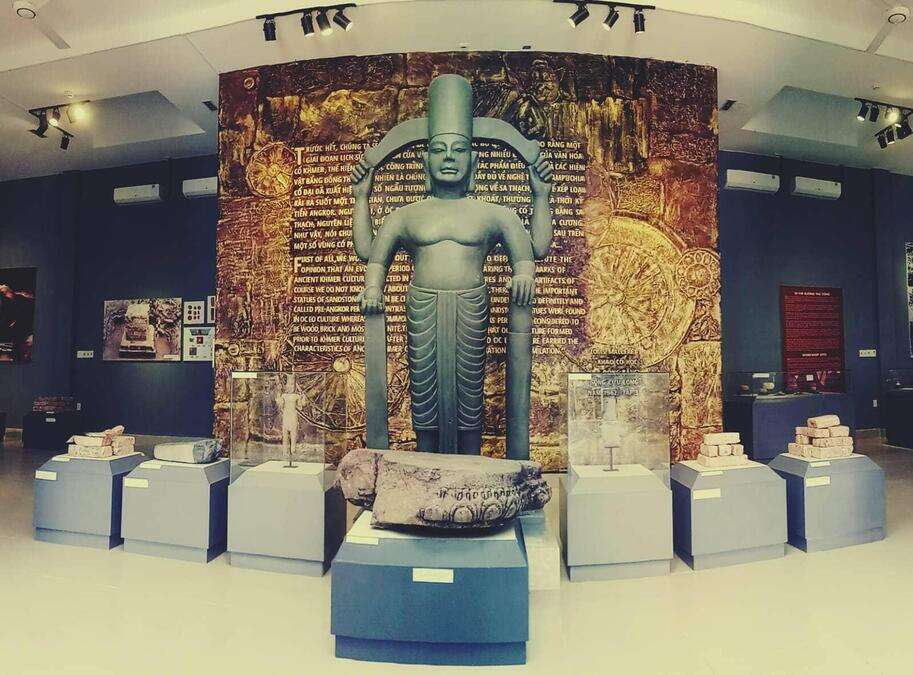
Preserving the Legacy of Óc Eo
As research into Óc Eo continues, there is a growing awareness of the need to protect and preserve this priceless heritage site. In 2012, the Óc Eo - Ba Thê complex was recognized as a National Special Relic by the Vietnamese government. A master plan has been developed to safeguard the site and promote sustainable tourism.
Visitors to Óc Eo can see the ongoing conservation work, such as the restoration of ancient brick monuments and the construction of a site museum to showcase key artifacts. There are also plans to improve infrastructure and visitor facilities. The goal is to turn Óc Eo into a world-class tourist attraction while minimizing damage to the delicate archaeological remains.
Beyond just preserving the physical structures, it is equally important to raise awareness about the historical and cultural significance of Óc Eo. This ancient civilization left a profound impact on the development of southern Vietnam and Southeast Asia as a whole. Its legacy can still be seen in the region's religious traditions, art styles, and trading networks.
By learning more about Óc Eo, we gain a greater appreciation for the rich, diverse history of Vietnam. We see how this land has long been a crossroads of civilizations, a meeting point between different cultures, religions and ways of life. In many ways, the story of Óc Eo is the story of Vietnam itself.
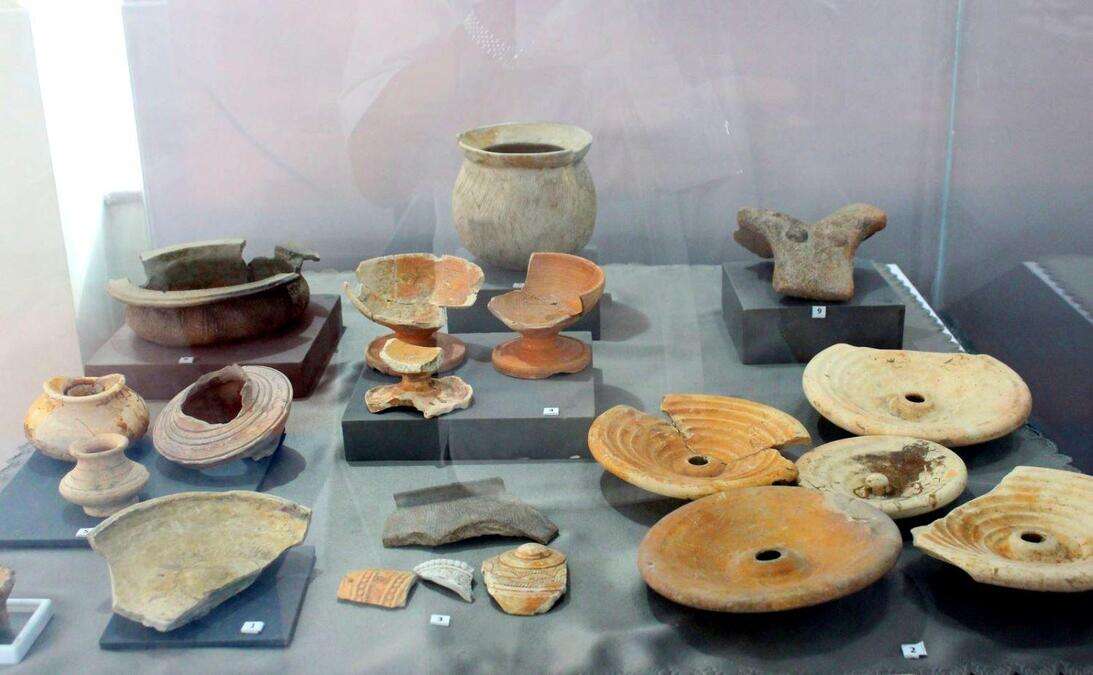
Experience Living History
For history buffs and the culturally curious, a visit to Óc Eo is an unforgettable experience. As you walk among the ancient ruins, you can almost feel the presence of the people who once lived here. With a bit of imagination, you can picture the bustling markets, the grand religious ceremonies, the comings and goings of merchants and officials.
The best way to explore Óc Eo is with a knowledgeable guide who can bring the ruins to life with stories and explanations. Most visitors start at the Óc Eo Museum, which provides a good introduction to the site's history and displays some of the most impressive artifacts found here.
From there, you can venture out to explore the various excavated areas, such as the Go Ut Tranh temple, the Ba Thê mountain citadel, and the ancient canals and reservoirs. Don't miss the chance to see the traditional craft villages nearby, where you can watch artisans making pottery, weaving silk, and fashioning gold jewelry using techniques that have changed little since the days of Óc Eo.
As you take in the sights, sounds and flavors of this storied land, you will come away with a deeper understanding of Vietnam's past and a greater appreciation for the achievements of its ancient civilizations. Óc Eo may have faded into obscurity for centuries, but thanks to the tireless efforts of archaeologists and historians, its legacy is now being rediscovered and celebrated.
In conclusion, Óc Eo is a true wonder of Vietnam's cultural heritage. This ancient city was once a shining light of civilization, a hub of trade, religion and learning that influenced the development of an entire region. Today, the ruins of Óc Eo offer a fascinating glimpse into a long-lost world, a tangible link to Vietnam's rich past. By exploring this site and learning its stories, we not only honor the achievements of our ancestors, but also gain valuable perspectives on our present and future. Óc Eo reminds us that Vietnam has always been a land of great potential, a place where different cultures and ideas can meet, mingle and create something new and wonderful. As we continue to uncover the secrets of this ancient civilization, we are also discovering something about ourselves - our resilience, our ingenuity, our enduring spirit. This is the true gift of Óc Eo.
#OcEoculture #OcEocivilization #OcEohistory #Funankingdom #SouthernVietnam #OcEoarcheology #OcEorelics #OcEoartifacts #VietnamAmazingTours


